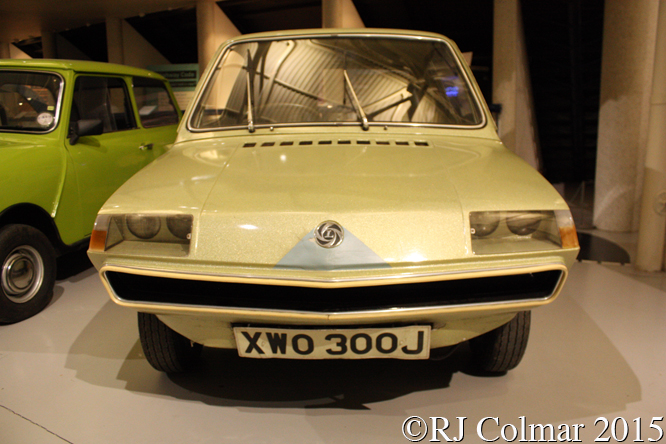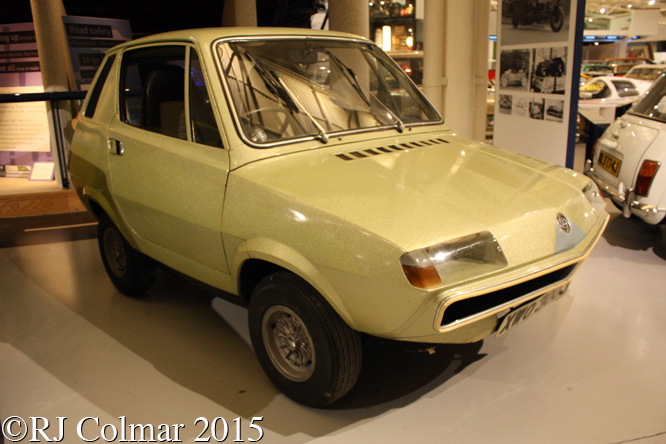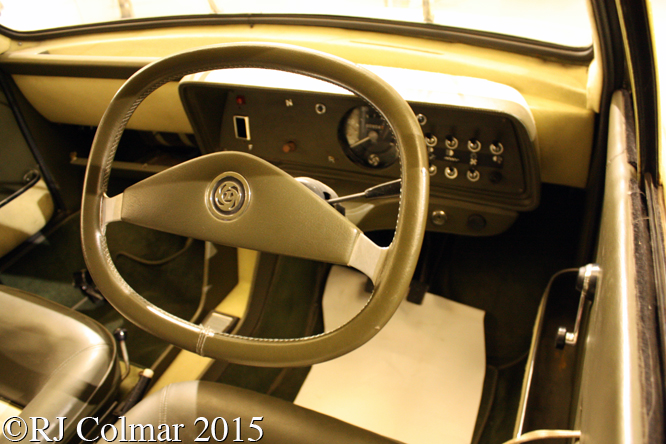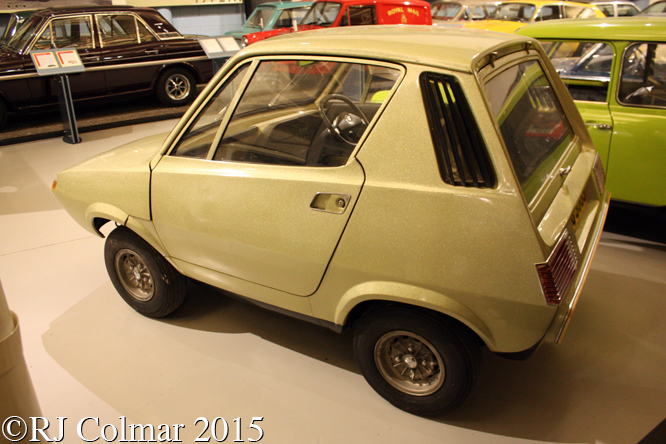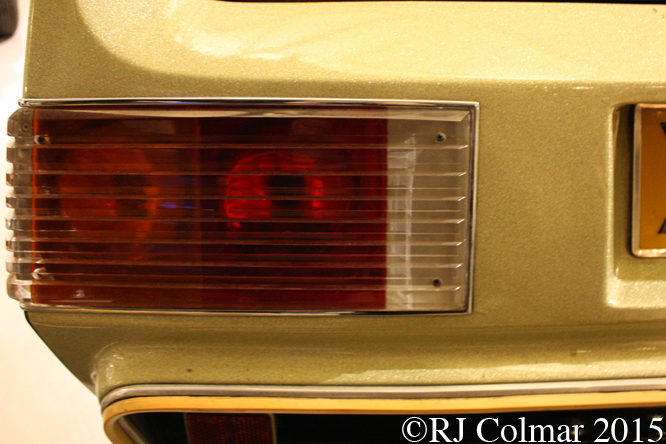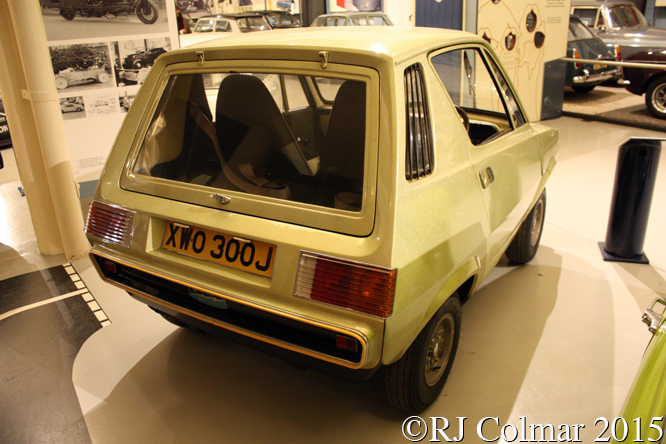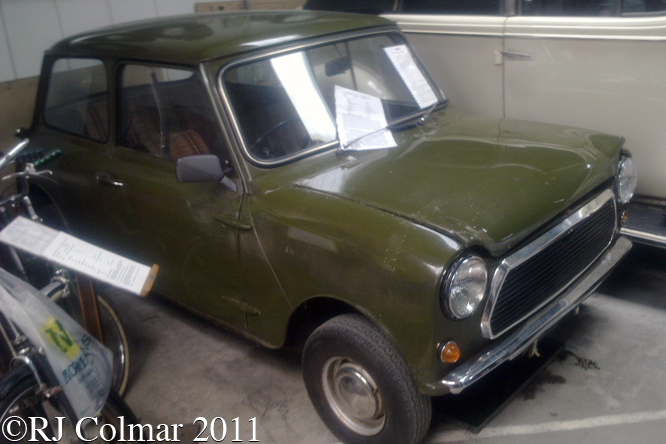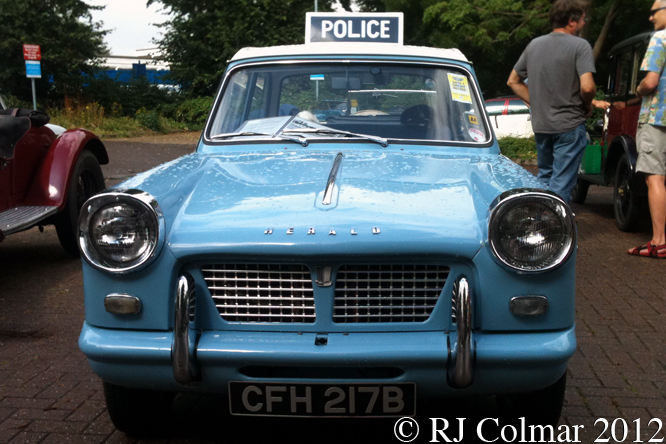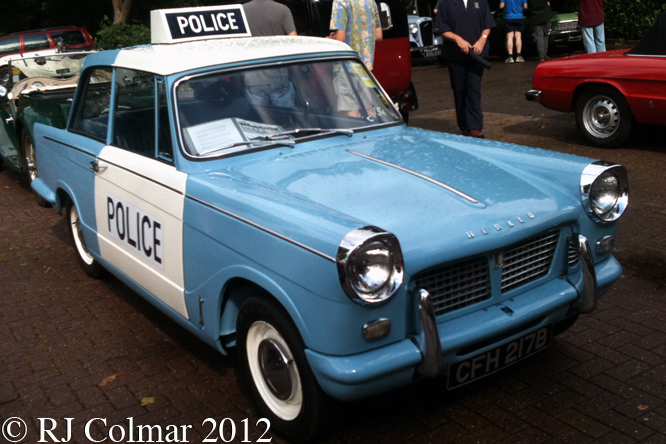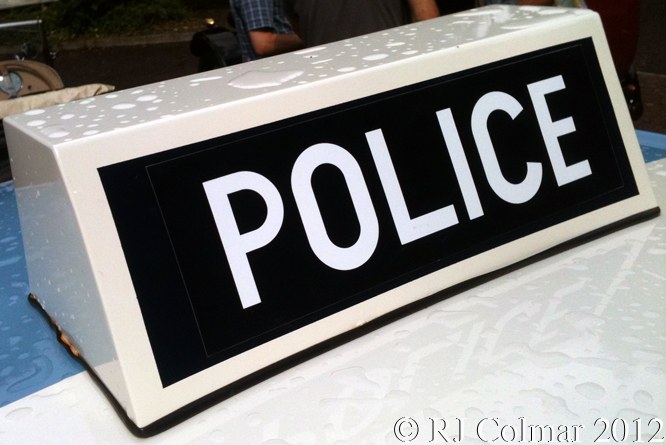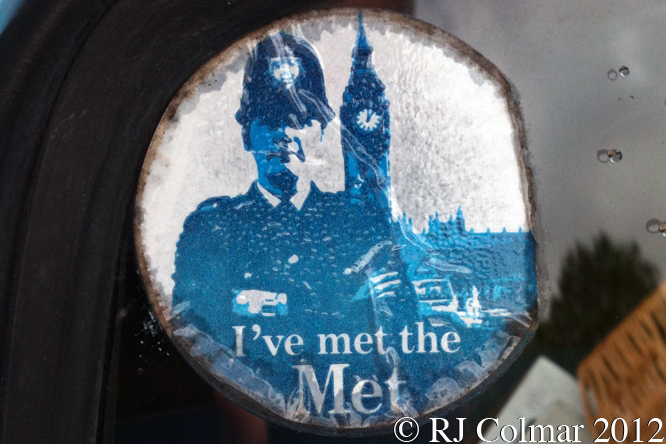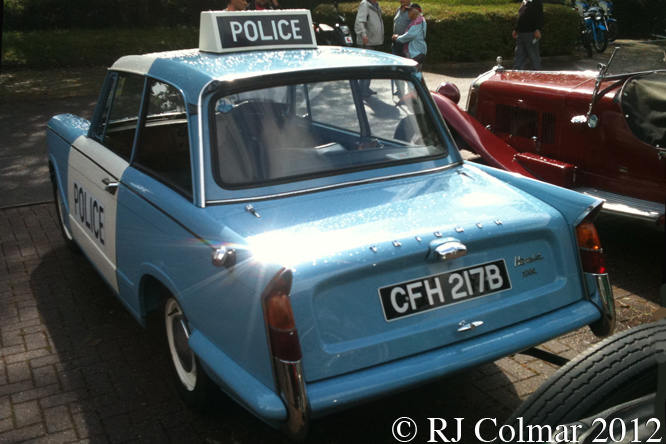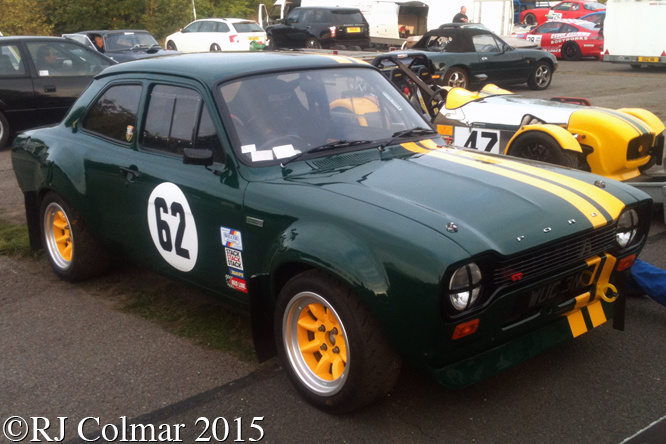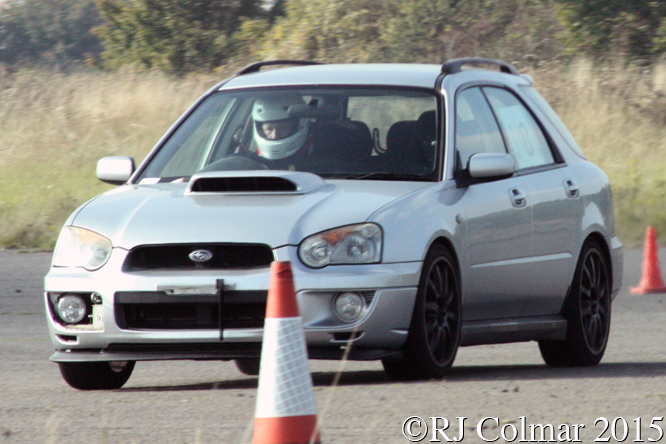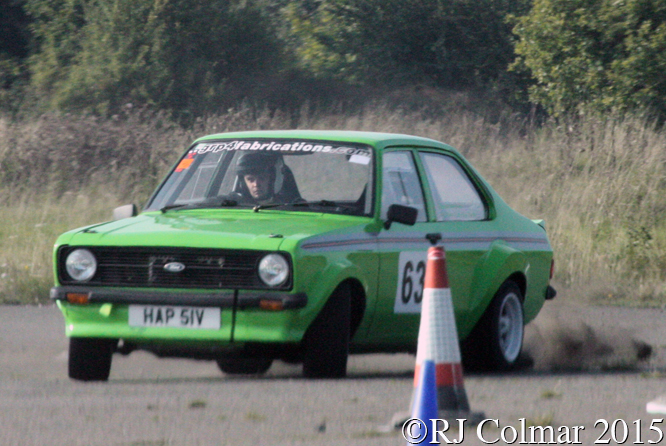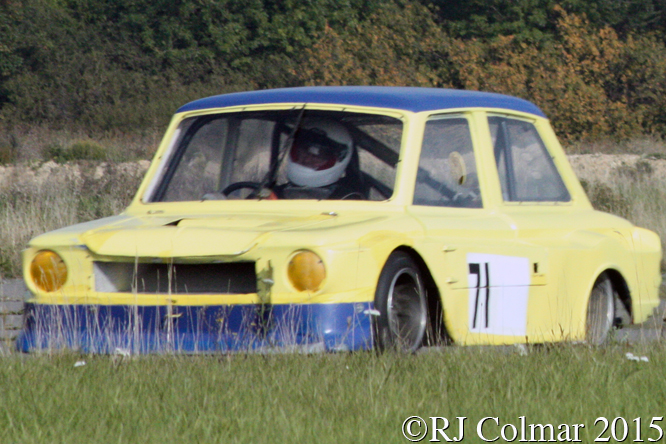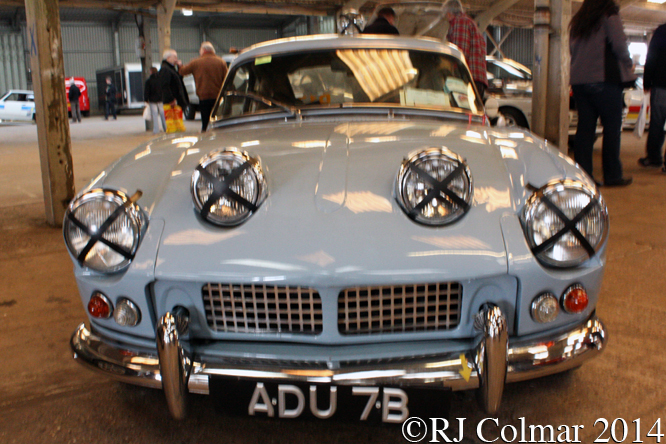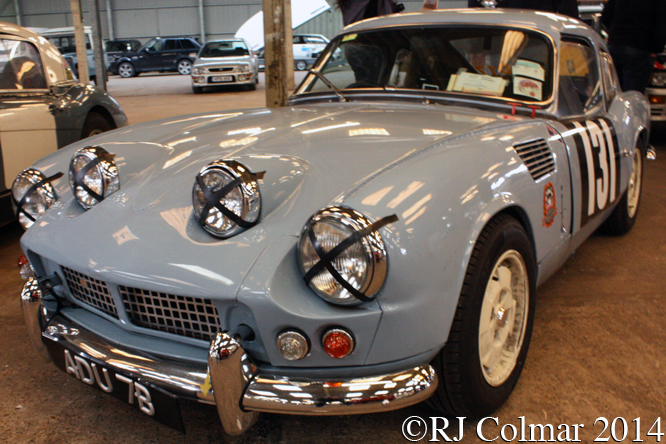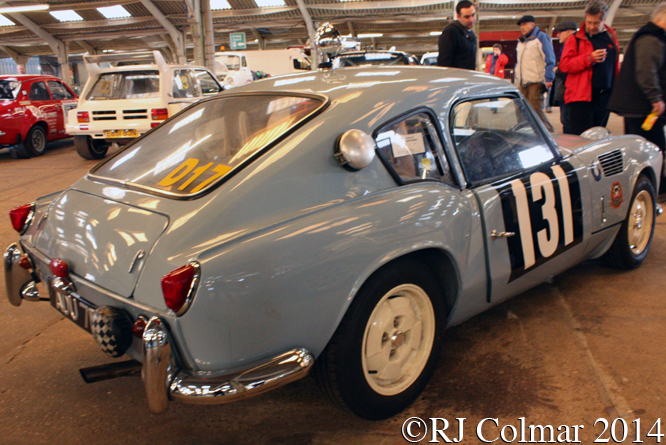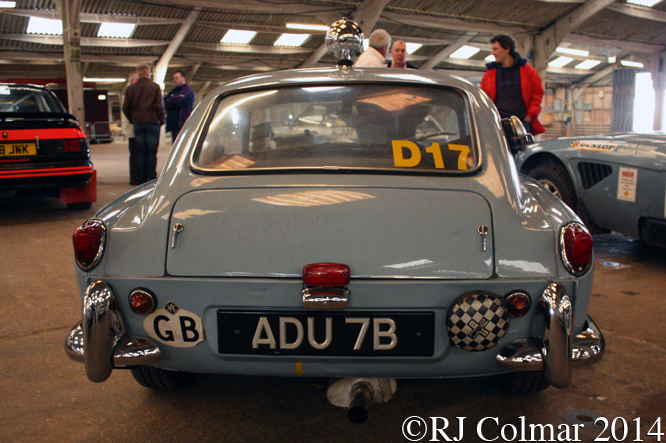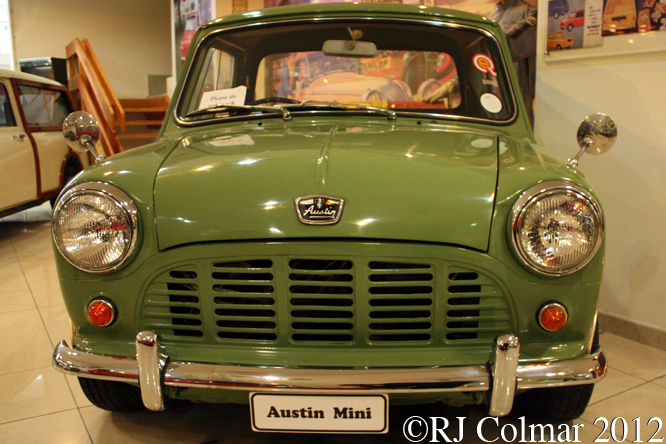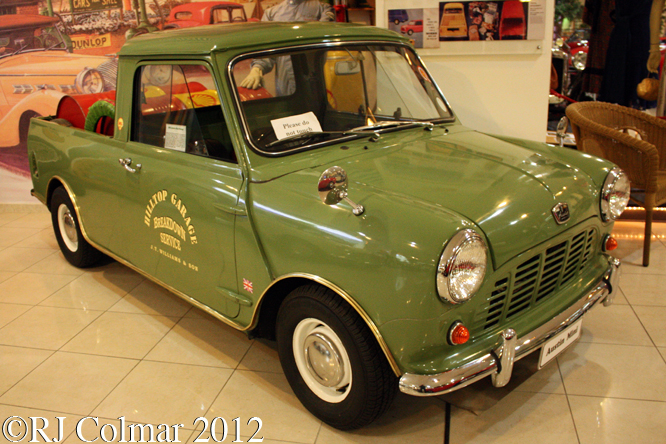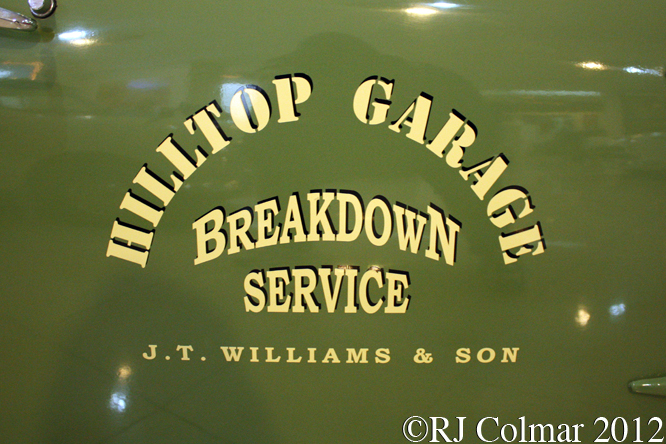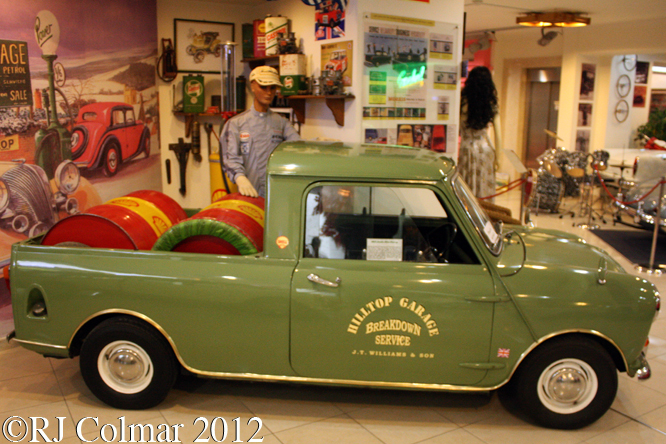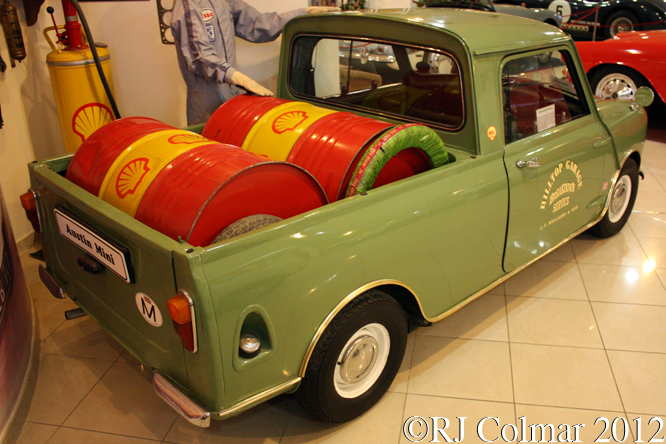Seems summer in the UK is not summer without the traditional four days a week torrential rain, ice cream on a day so hot it has melted onto the pavement by the time one has trousered the change after paying for it and a ride on a classic bus to no place in particular.
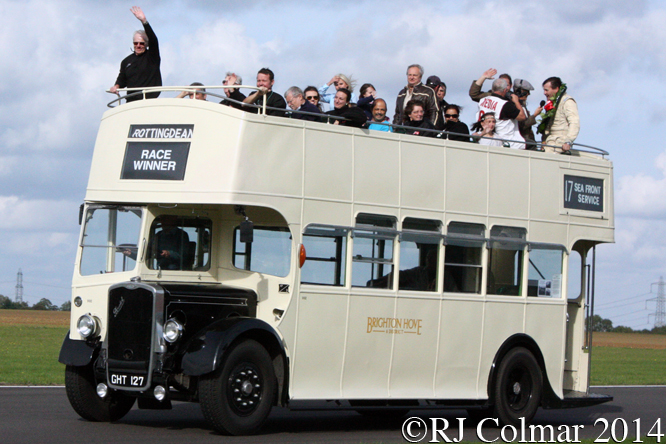
For the last couple of years the 1941 Bristol K5G, above, has served as the Race Winners Victory Parade lap vehicle at Castle Combe, it was one of a fleet of 272 K5G’s purchased by Bristol Tramways and Carriage Company between 1938 and 1941 as part of their tram replacement programme, it was sold on to Brighton and Hove District in 1955 and they are believed to have taken the roof of the top deck.
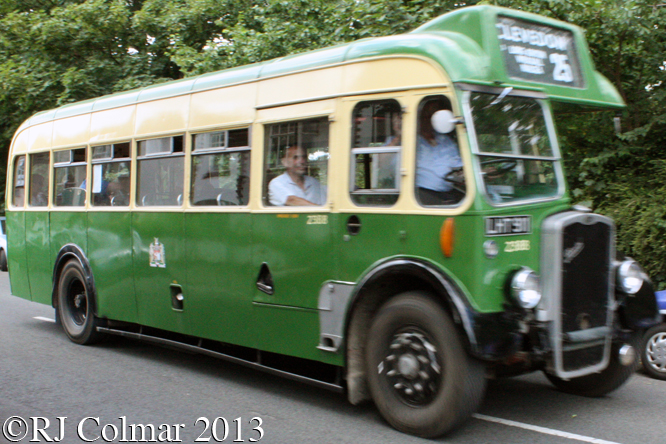
Longer than the double decker is the Bristol L5G which like the K5G went into production in 1937, Bristol Tramways and Carriage Company bought this example in 1948 and it is seen at the Frenchay Car Show transporting passengers to the Frenchay Flower Show.
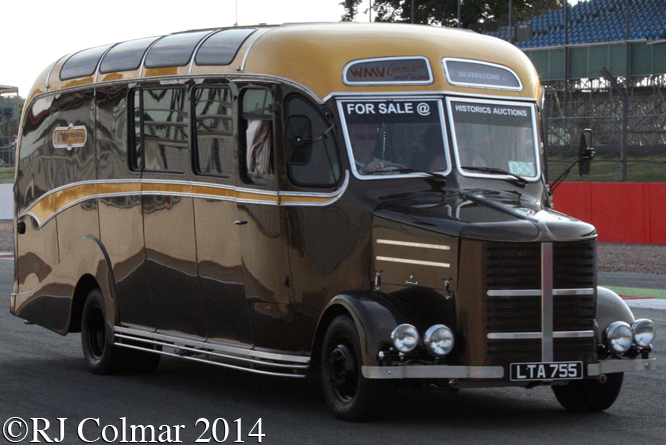
Seen above on a parade lap at Silverstone Classic last year is a 1950 Bedford OB which I believe has recently been restored in Northumberland, like the Bristol K5 and L5 series the 28hp OB went into production in 1937 this one has I believe a 29 seat Duple Vista type body and is awaiting period correct headlights.
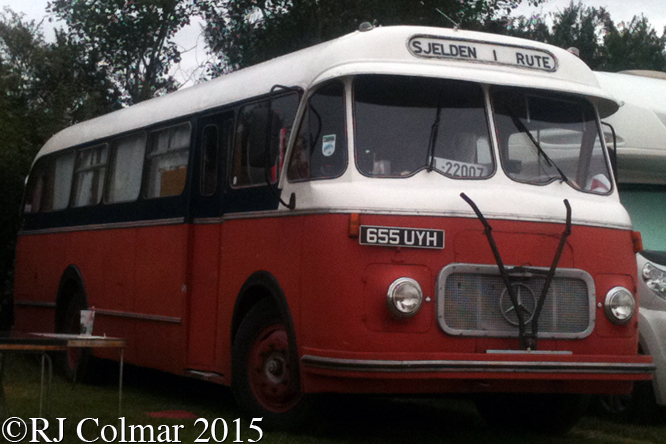
Officially the Mercedes Benz seen above, in the Silverstone Classic campsite earlier this year, is registered as having been built in 1959, I believe the destination reads “rarely on schedule” in Norwegian, that might be because it is pining for the Fjords.
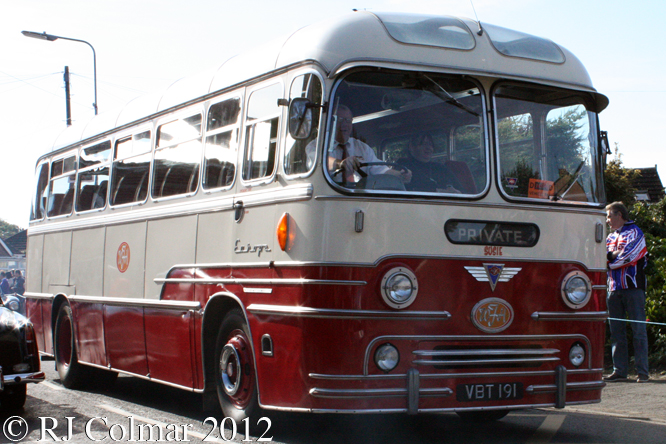
Built in 1958 the AEC Reliance MU3RV above is seen on the BRM Day Parade through Bourne, Lincolnshire a couple of years ago, it is one of three such vehicles fitted with Yeates Europa body work for John Boddy & Son in Bridlington, it later was operated in the Scottish Borders before going to the holiday resort town of Skegness.
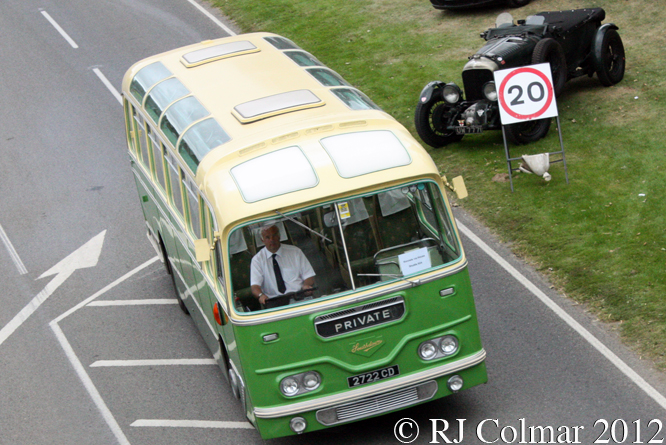
With a Cavalier body by Harrington the 1962 Leyland Leopard L2, seen above at Goodwood Revival, would originally have been built to undertake inland and continental tours.
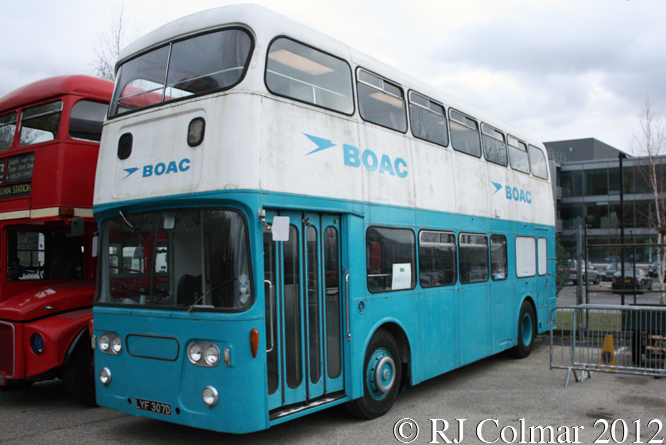
Looking in need of a little TLC is this 1966 Leyland Atlantean, with bodywork by MCW seen at the Brooklands Museum, back in the day when I was a British Overseas Airways Corporation passenger this was one of 15 vehicles on which I may have traveled twixt London Victoria and Heathrow Airport at speeds of up to 70 mph on my way to the sunny climbs of Zambia for my school holidays.

Finally back at the Frenchay Car Show the Bristol LH above served with the Bristol Omnibus Company from 1972 to 1980 before finding it’s way to Llangadog, Carmarthenshire, Wales where Thomas Bros. continued to operate her until 1997.
My thanks to all those who take pleasure in maintaining and operating these vehicles.
Thanks for joining me on this “All Aboard” edition of “Gettin’ a li’l psycho on tyres” I hope you will join me again tomorrow when I’ll be looking at a Brabham. Don’t forget to come back now !
